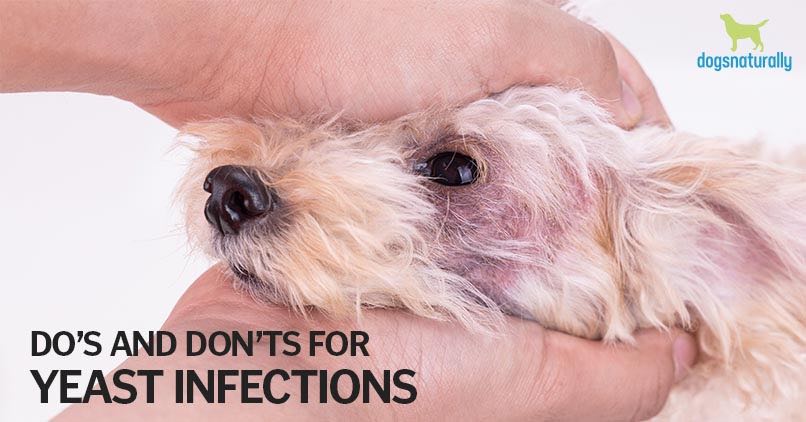Dog fungal skin infections.
Atopic dermatitis dog fungal dog paw infection pictures.
How to treat pododermatitis in dogs.
Atopic dermatitis is the most common cause of paw licking and chewing.
Blastomycosis is a fungal infection that causes dog skin sores.
It is wise to keep an eye on your dog s paws in general and learn what is normal for them.
Atopic dermatitis symptoms.
It is a systemic infection that causes respiratory problems a reluctance to walk generalized weakness a poor appetite and even blindness.
Persistent itching and scratching.
One of the first signs of the illness however is round oozing sores on the skin.
While yeast infections on the paws aren t completely preventable they are manageable.
However it is common for dog yeast infections to be treated with topical creams or medicated dog shampoo baths and oral drugs in some cases.
Atopic dermatitis may cause your dog s skin to be irritated and this may affect even the most sensitive areas of your dog s body like the face.
If the symptoms are not treated they can lead to the development of other more severe problems.
Yeast infections are often secondary to allergies with the most likely culprit being atopic dermatitis.
The paws are a huge target because they can get dirty easily and harbor a lot of moisture if your dog tends to sweat quite a bit.
Atopic dermatitis in dogs can be both painful and stressful.
The most common signs of atopic dermatitis are constant itching and scratching.
Symptoms include irritated itchy or discolored skin.
It s not uncommon for dogs to get yeast infections.
The symptoms of paw infections in dogs.
The sores may later crust over.
Skin or blood tests will reveal the specific airborne allergens that cause atopic dermatitis.
Checking your dog s paws over when they get back in from a walk takes just a couple of minutes and will help you to spot any developing problems quickly.
Your vet can test the area to determine if yeast is the culprit and treat the infection with topical products antifungal wipes and shampoos.
Dermatitis or skin inflammation is the body s natural immune response to things it perceives to be a threat to the skin signs of inflammation include heat redness pain swelling and a loss of function.
However environmental or food allergies could also be to blame.
The infection usually strikes the paws or ears where yeast have a cozy space to grow.
If your dog can t seem to stop scratching an ear or licking and chewing their toes ask your veterinarian to check for a yeast infection.
When the inflammation is appropriate it is a natural defense mechanism that helps to keep the body safe and healthy.

